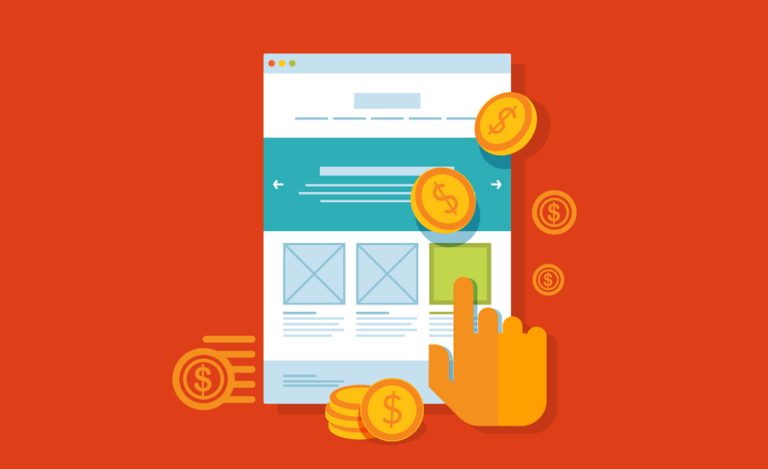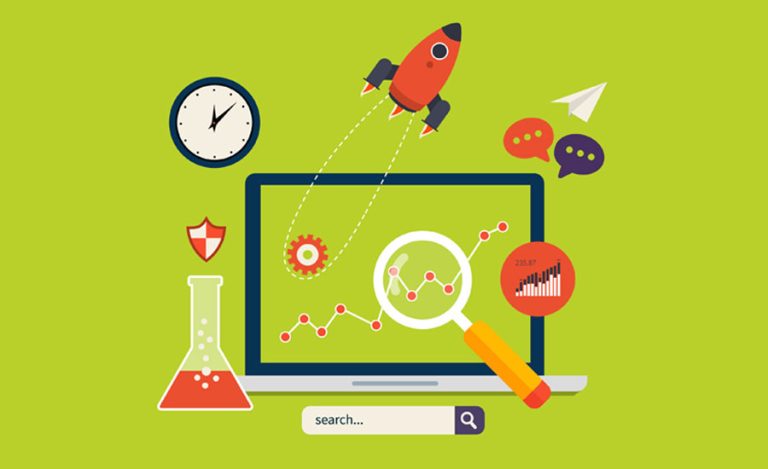Let me introduce you to one little step you missed in your marketing plan that will change everything.
You’ve no doubt tried all sorts of different marketing tactics – SEO, search engine marketing, facebook advertising, email marketing, retargeting.
But your results are dire. Your return on investment is negligible. You’re not experiencing month-on-month growth.
You’re wondering “WHY?”
Let me ask you this – Do you know your audience?
And no, I don’t mean the obvious. I mean, of course you know your audience! It’s people who are interested in your product. It’s your customers. But do you REALLY know them?
- How old are they?
- Where do they live?
- What’s their income?
- When are they online?
- How often do they buy from you?
- What problems do they commonly face?
- What social media platforms do they use?
If you don’t know the answers to these questions, then your marketing already has a gaping hole in it. So how do you address this?
Create Buyer Personas
Not too sure what buyer personas are? They’re generalised representations of your customers. They help you understand who each of your customers are. You’ll likely have several different types of buyers, maybe even hundreds of types if you drill right down into the nitty-gritty of each of them. But we can categorise the many into different buyer persona buckets which help you to segment your audience and provide tailored marketing to each persona.
Having buyer personas can benefit you by:
- Sending a stronger message to your audience. Through tailored messaging targeting each of your buyer personas, you can effectively communicate to them specifically, leading to a stronger connection with your buyers and a higher response rate on your advertising campaigns, website and social media.
- Maximising your advertising budget. Knowing your buyers means you know where they like to hang out on the internet. Reduce budget wastage by only advertising in the places that matter.
How to define who your Buyer Personas are
Data, data, data. The more you have, the better your buyer personas will be for your business. Through google analytics, surveys, reviews and a bit of field research you can find out exactly who your customers are and how they fit into your buyer persona buckets. Follow these steps to identify who you customers are:
- Access Google Analytics – If you have a website, then you should have Google Analytics. Login to your account and click on Audience in the left menu, then Demographics – Overview. Here you will find a breakdown of the age and gender of your site traffic presented in an attractive set of graphs. Easily determine which ‘age’ buckets your buyer personas belong to. Under Audience, you can also click on Geo – Location to find out what country and state your traffic is coming from.

- Access Facebook Insights – If you have a Facebook page setup for your business, then you have access to Insights. Simply click Insights from the top of your business page while you are logged in as an admin. Then select People from the left menu. Here you will find age, gender, location and language of all of your Facebook fans. Use this data together with the data from Google Analytics for a bigger picture of your audience. If the results are vastly different, consider that your Facebook fans may be from a specific buyer persona group.

- Use your own personal knowledge – Who walks into your store front? What conversations have you had with your customers and what did they reveal? What do your reviews say? Have you collected surveys? What do your employees know about your customers? Gather all of this information.
- Compile everything you’ve learned – Now that you have demographic information, start filling in the blanks for each persona you’ve discovered. Questions you should be asking and answering about each persona are:
- How old are they?
- What gender are they?
- Where do they live?
- What do they do?
- What’s their income/salary?
- What’s their education level?
- What is their relationship/family status?
- What problems does this person face that is related to your business?
- How does your business solve this problem?
- How can you upsell your solution?
- What fears does this person have about buying your solution?
- What are some common objections they may have?
- What’s your 1 paragraph elevator pitch to this person about your product/service?
To help you visualise what a buyer persona should look like, here’s an example we’ve put together.
Alice: The Young Entrepreneur
Gender: Female
Age: 25 – 34
Location: CBD
Profession: Small Business Owner
Net Income: $150,000 – $250,000 / year
Education: Bachelors Degree
Family: Long term partner, no kids.
Problems she faces: Too busy to handle her business’s online marketing.
How we solve them: We provide short – long term digital strategy, marketing automation and ongoing marketing services.
Upsell opportunities: Website design
Fears: Expensive investment that may not work.
Common objections: Not enough budget, need results fast, can find it cheaper elsewhere.
Elevator Pitch: We are a full service digital marketing agency that takes care of a – z. We’ll develop a strategy, implement it, adjust it as we learn and ensure it fits and maximises your budget.
While your buyer personas are specific, they do represent a bucket of people as I mentioned earlier. Be general, but not too general. You should end up with several personas. There’s no magic number for how many you need – this is completely dependant on how granular you want to get with your marketing, and how many types of buyers you have been able to identify from your research. Your personas should represent a diverse range of people – male, female, young, old etc. Giving your personas names help you to humanise them and think of them as real people.
What do I do with the information now?
The personas should give you enough information about each of your market segments, that it enables you to see your product or service from their perspective. It helps you to take off your business owner cap and see yourself through the eyes of your customers. It can be as helpful as having a person in the room with you when making important marketing decisions such as:
- What channels to advertise on (e.g Facebook, Adwords, blogs, news websites, local directories etc)
- What sort of language to use in the copy that matches the persona’s education level, age group and anything else you know about them (e.g colloquial, scientific, casual, witty, charming etc)
- What colour schemes and imagery to use that will appeal to the specific persona
- How to address the fears of a persona within your advertising and messaging
- How to empathise with your customers as they travel through your sales funnel
Having buyer personas allow you to make choices that will work for your business. Without them, you are blindly hoping your efforts will work without analysing who you’re talking to and what they are most likely to respond to. By having buyer personas you are able to solve problems in your first contact with potential leads, leading to a more positive experience for you and for them which will equal to more conversions if done correctly!
So, what are you waiting for? Start finding out who your buyer personas are!
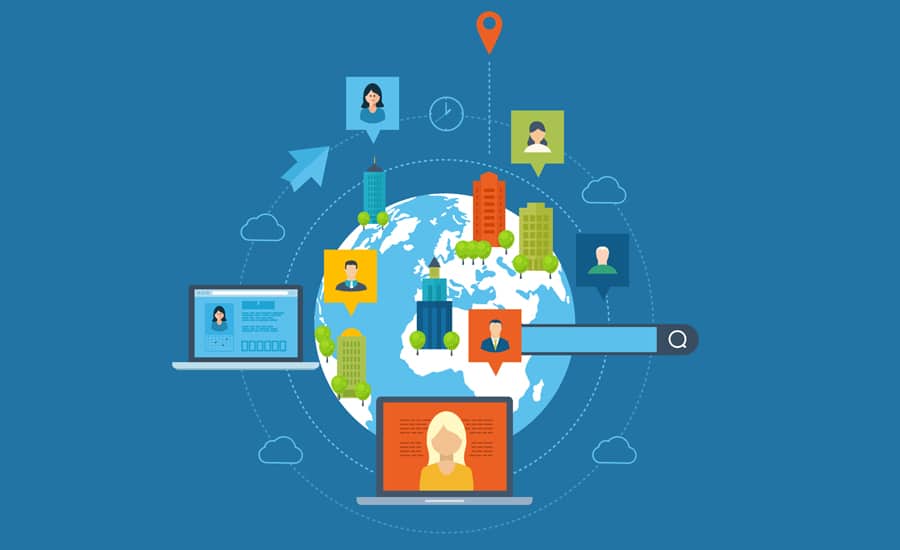
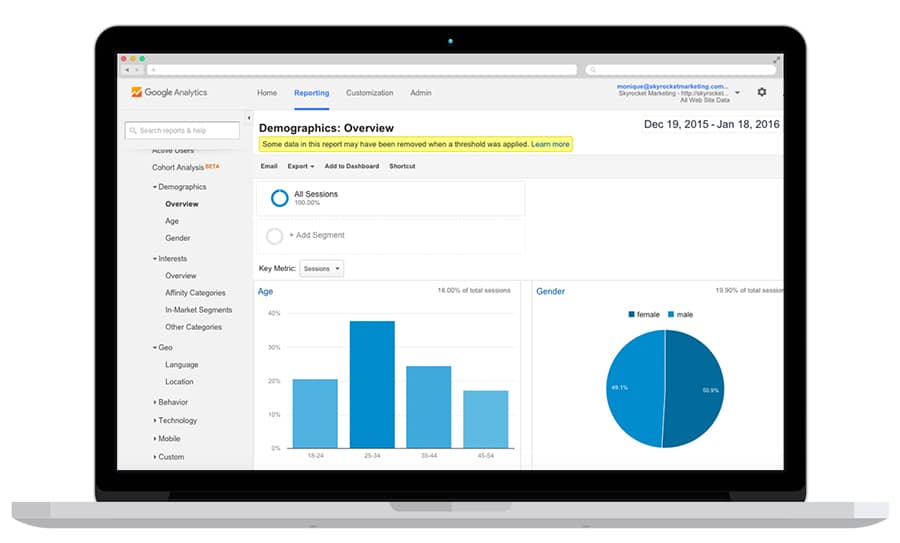
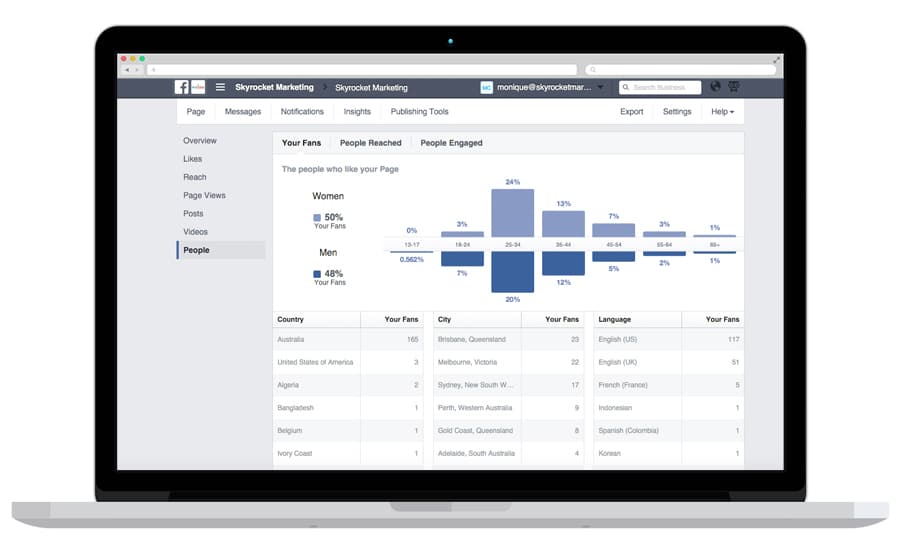

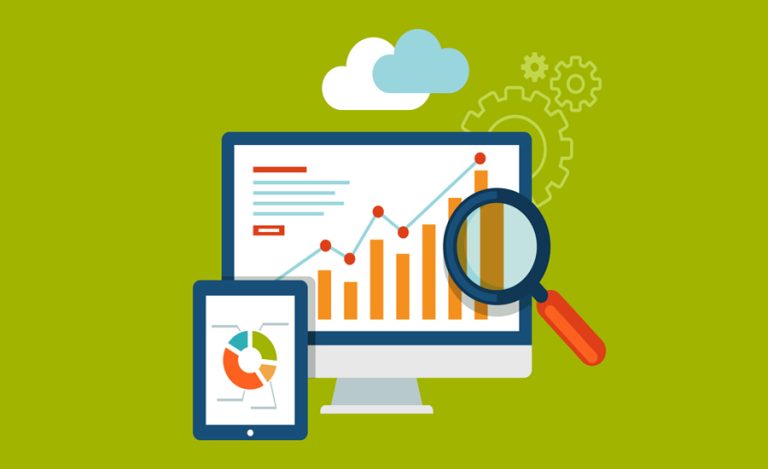
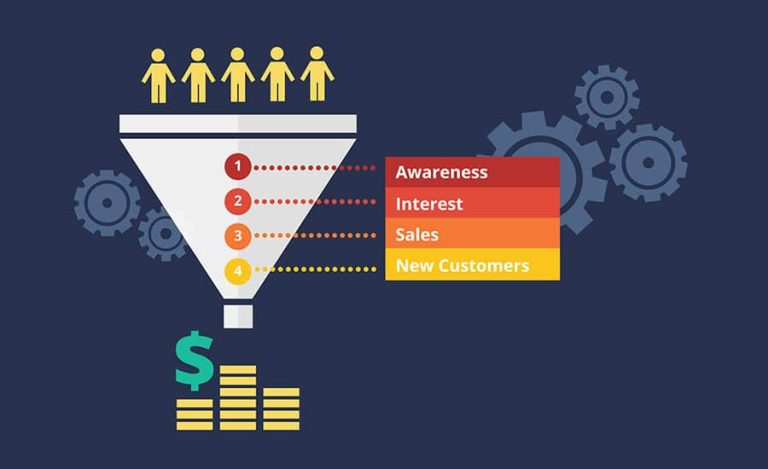
![Inbound Marketing 2016: What it is, and why you need it [infographic]](https://staging.skyrocketmarketing.com.au/wp-content/uploads/2023/07/inbound-marketing-2016-768x469.jpg)
